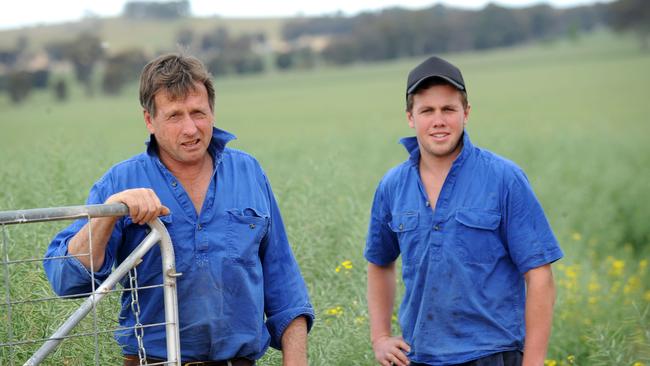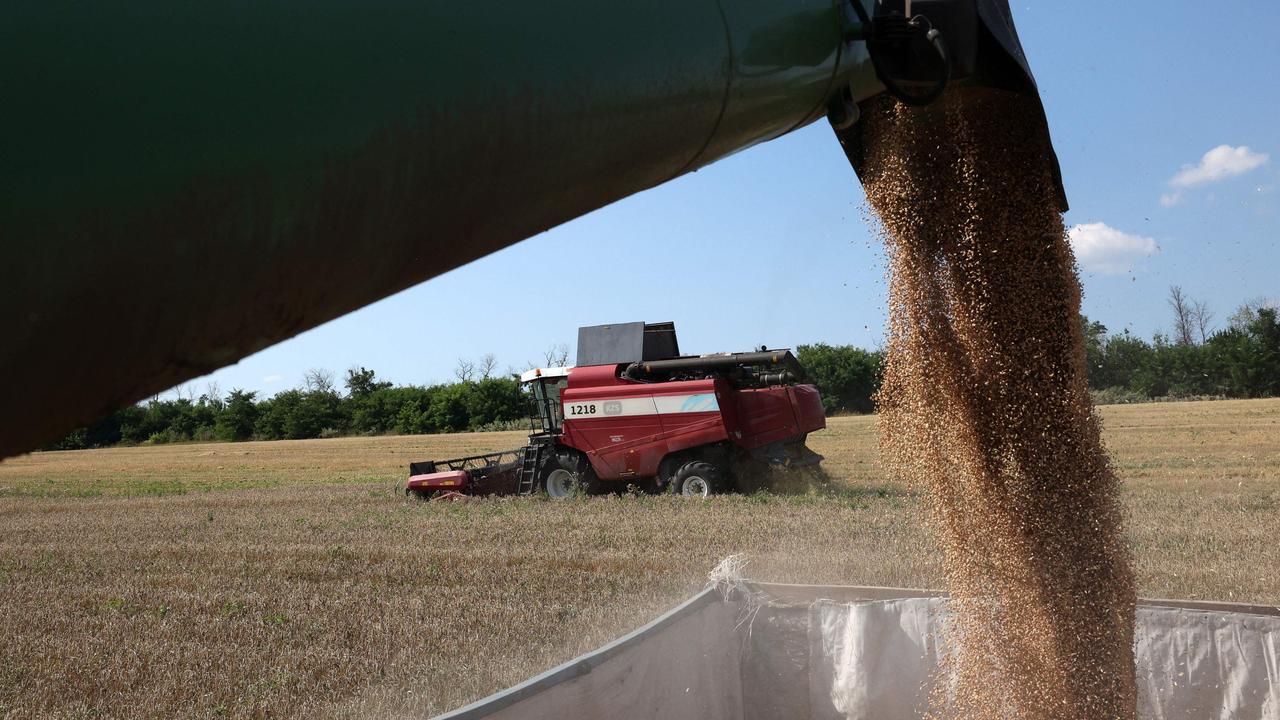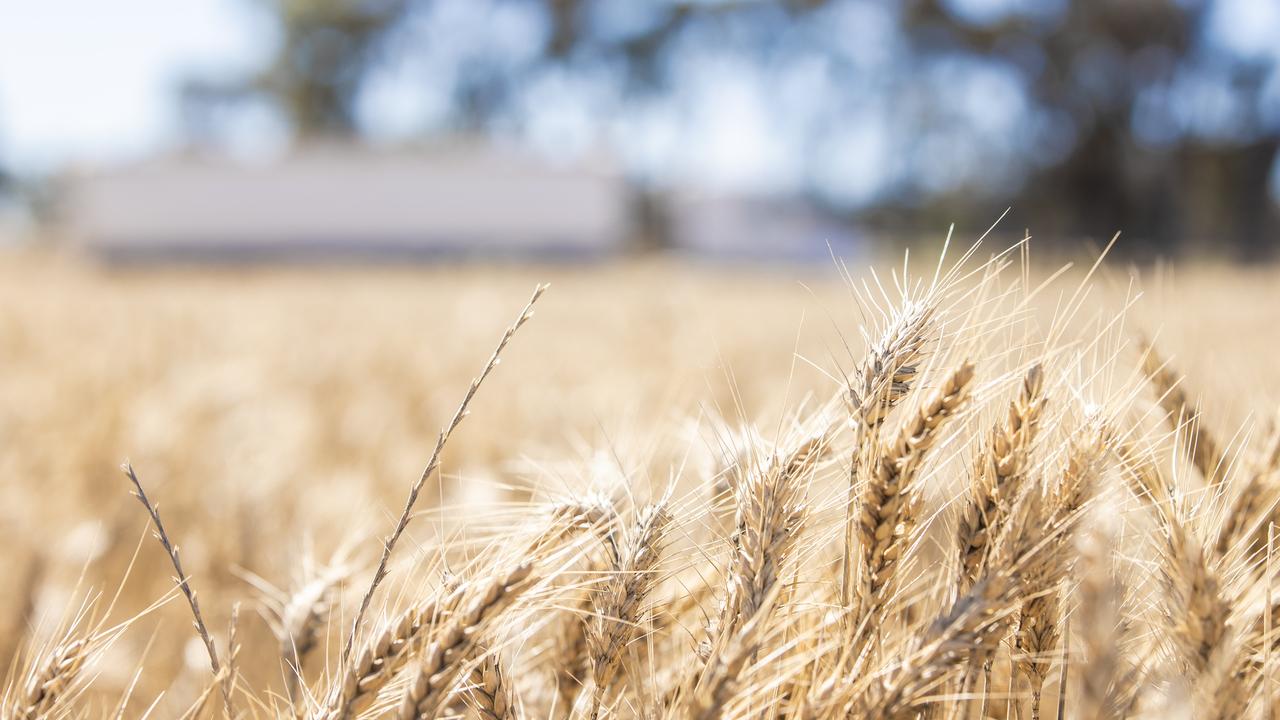Glyphosate prices: Weed-control costs spiral for grain growers
A Lake Rowan grain family have spoken out about weed-killing costs — one being suppliers breaking locked-in price agreements — which are threatening sowing season.

The price and availability of inputs are top concerns for a northern Victoria grain-growing family as they prepare for this year’s sowing season.
Chris and Libby Kellock grow wheat and canola across properties at Lake Rowan and Dookie in Victoria, and Mulwala in NSW, with their sons Sam and Nick.
They have made yield gains in recent years thanks to a careful management system, which includes early use of preventive fungicides.
This year, however, rising prices and uncertain supply of some critical chemicals and fertilisers were driving up risk, Chris said.
“The price has escalated and doubled in most cases, if not more. The challenge will be going forward to contain those costs,” he said.
“The financial risk of putting so much money out up front and maybe not getting a return is at the forefront of growers’ minds.”

Crops are the Kellock family’s main focus, but they also run a small flock of Merinos and a herd of beef breeders.
Sowing starts in mid-April using a Seed Hawk air drill set on 300mm row spacings.
Bought three years ago for its narrow transport width, the Seed Hawk provided “excellent germination”, Chris said.
Blackleg and sclerotinia in canola, and rust and powdery mildew in wheat, were their main disease threats.
Chris said last year in canola they tried early application of a novel prothioconazole fungicide called Proviso, recently released in Australia by Adama.
The single active ingredient was an appeal, and replaced a dual-active product they had previously used.
“Proviso, with straight prothioconazole, was more economical and I definitely think it has a fit in controlling blackleg and ‘sclero’ in canola,” Chris said. “It seems to be doing the job and I think we will go with a similar plan this season.’’
He said powdery mildew in wheat could be difficult to control, so last year he tried a dual-action fungicide called Maxentis.
“The dual mode of action works well as another tool and we will look to use it again this year in certain situations,” he said.
With a fungicide plan locked in, Chris more recently turned his attention to other inputs.
He said he was worried about securing enough weed-knockdown chemicals paraquat and glyphosate, and at an affordable price.
“We thought we’d ordered enough,” Chris said, “but because of summer weed pressure, we have used a lot of our supply.”
He said some suppliers were now breaking previously locked-in price agreements on orders.
“I had 6000 litres of (Paraquat) locked in at a price,” Chris said. “The supplier said he could no longer hold that price and he suggested I take it even at the higher price because supply won’t be there when we need it come autumn.”
Chris said he had bought a good percentage of this year’s inputs to guarantee supply, and would consider scaling back use of nitrogen fertiliser to potentially make some savings.
Similar to most croppers, he was watching grain prices nervously, hoping the impressive upwards trend of the past year continued.
Chris said one saving grace for many growers was the large amount of grain stored on farms this year.
“Farmers will be able to defer some of last year’s income into the next financial year to reduce risk,” he said.




